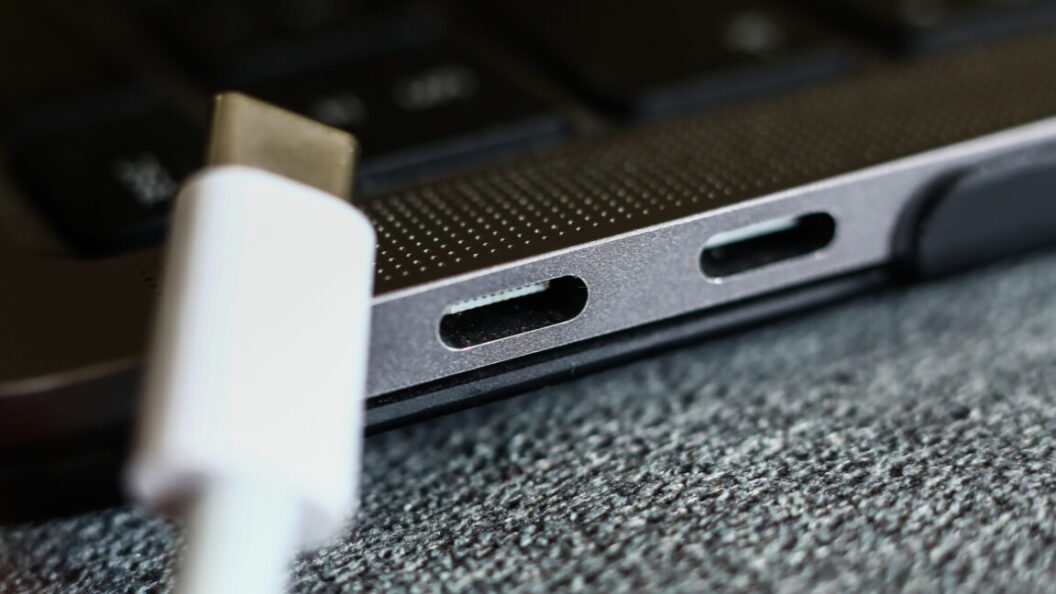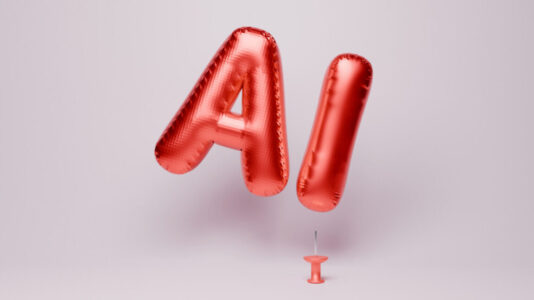EU’s USB-C Directive: A Shift Toward Universal Charging
The European Union (EU) is making significant strides in creating a standardized charging solution with its new USB-C directive. This initiative aims to reduce electronic waste and enhance consumer convenience by mandating that electronic devices utilize USB-C technology for charging. Apple, a long-time user of its proprietary Lightning connector, has been notably impacted, transitioning its products to comply with these new regulations.
Apple Adapts to Change
The most immediate consequence of this directive has been felt by Apple, which initially resisted the shift towards the USB-C format. However, the tech giant has begun to adapt, rolling out devices with the standard USB-C connector. The latest iMac includes peripherals like the Magic Keyboard, Magic Mouse, and Magic Trackpad that now connect via USB-C. Notably, Apple ceased sales of Lightning-charging models, such as the iPhone 14 and iPhone SE, within the EU as of December 28, marking a significant shift in its product strategy.
Features of the Directive
Under the new Common Charger Directive, the EU sets clear standards for devices that utilize “fast charging.” Any product that requires more than 5 volts, 3 amperes, or 15 watts for charging must support the USB Power Delivery (USB PD) standard. This requirement ensures that devices can negotiate their charging needs effectively with USB PD-compliant chargers, eliminating the reliance on proprietary chargers.
In an effort to promote transparency, the directive also mandates that electronic devices clearly indicate on their packaging whether they include a charging plug or mid-cord brick. Additionally, product labels must specify the minimum and maximum power requirements as well as indicate if the device supports USB PD.
Industry Concerns
While the EU celebrates the introduction of USB-C as a universal standard, there are growing concerns from industry stakeholders. Critics argue that this move could potentially stifle innovation by locking manufacturers into a specific technology. Many of these concerns are acknowledged within the directive. For example, devices with higher power requirements are exempt from the USB-C standard, and provisions exist for secondary power plugs, allowing room for future technological advancements.
Moreover, questions arise regarding the directive’s enforcement. The framework leaves it to individual EU member states to ensure compliance, raising uncertainty about how uniformly the regulation will be applied across the region. There is also skepticism about whether companies will produce distinct models for the EU market or adopt a more generalized approach across their product lines.
Future Implications
The implications of the EU’s USB-C directive go beyond merely unifying charging solutions. With electronic waste a growing environmental concern, the directive is expected to help alleviate the challenges posed by device fragmentation and consumer confusion regarding charger compatibility.
As the issue of e-waste continues to garner international scrutiny, the directive sets a precedent for regulatory efforts aimed at enhancing sustainability in tech products. Moreover, it raises larger questions about the future of charging technologies, particularly with the ongoing development of alternatives such as wireless charging and potential new standards like USB-D.
Conclusion
The EU’s Common Charger Directive represents a significant shift in the landscape of electronic device charging, pushing for a more sustainable and user-friendly approach. While it has drawn criticism regarding its effects on future innovation, the advantages of reduced e-waste and increased consumer confidence cannot be ignored. As Apple and other tech companies navigate this new terrain, the ripple effects of these regulatory changes could redefine the way consumers interact with technology, potentially creating a more unified and sustainable ecosystem in the long run.









